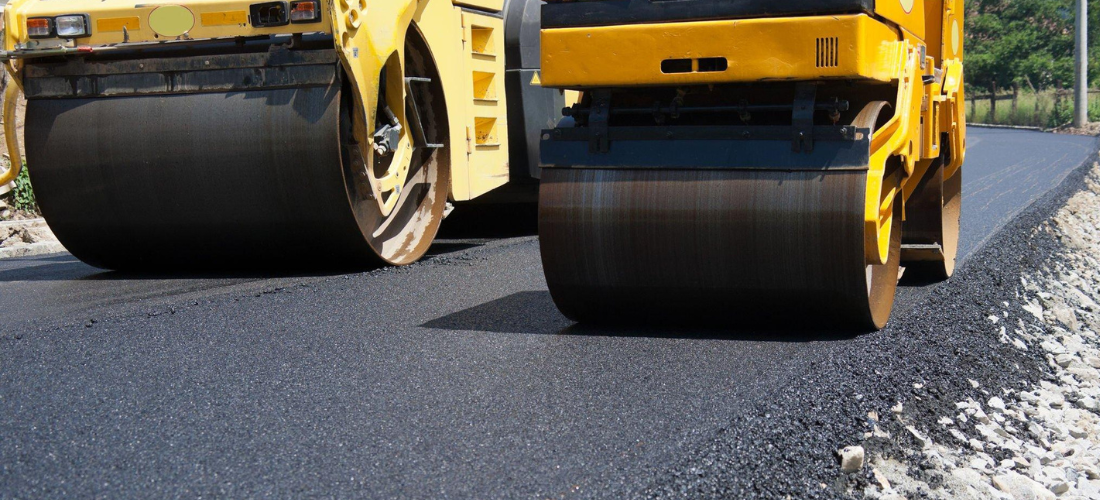Climate change has already started to degrade India’s road networks and transportation infrastructure. Weather, heat, and floods are causing fast degradation and damage to road networks, which is both expensive and time demanding to restore.
The signs of a climatic catastrophe are to blame for the fast degradation of road network conditions. Extreme weather and opposing seasonal fluctuations in temperature and precipitation levels have wreaked havoc on local infrastructure. Intense downpours and stormy winters, followed by dry summers and increasing temperatures, have caused hazardous fissures in the roadways to grow, as have increased potholes.
In reaction to harsh weather, floods, and natural disasters that have wrecked havoc on infrastructure, the highway maintenance industry has witnessed an increase in unanticipated spending throughout India.
The effect of climate change and harsh weather conditions on our roads has come at a tremendous cost to individuals who depend on them for daily mobility, as well as the highway maintenance industry, which relies on funds to solve this challenge.
A Budget Friendly Solution:
As a result, it is critical that the Highway sector spend its money as efficiently as possible. Traditional techniques of road resurfacing and pothole repair, however, are expensive, time-consuming, and weather dependent.
Regular asphalt installation necessitates the use of heavy equipment and a crew of skilled plant operators. Whether a road needs full-depth repair and replacement for large-scale damage or thermal patching to fix potholes, the equipment needed to heat, distribute, and flatten conventional asphalt into place, as well as the requisite people, comes at a hefty cost for the highway maintenance industry.
The operation takes time because the asphalt must be heated before it can be spread. Heating periods might vary depending on the road surface, wind, and ambient temperature, especially when employing thermal patching. Because asphalt is only workable while it is hot, workers must move rapidly to distribute and smooth the material before it hardens. The surface must be closed off while the highway is being maintained and should not be utilized for at least 24 hours after installation, preferably longer in the summer when the ambient temperature is high.
Another expense to consider is the storage of typical asphalt. Before being transported to the building site, the asphalt is heated and kept at temperatures over 150 degrees Celsius in costly storage tanks. The expense of maintaining the asphalt’s temperature, as well as the cost of storage and transportation, is exceedingly expensive.
Conclusion:
Not only is climate change a source of pain for the highway maintenance industry, but its consequences continue to hamper their ability to respond to the situation. Traditional asphalt resurfacing and pothole fixes are mainly reliant on favorable weather. As a consequence, during the stormy and rainy season, highway repair work is sometimes halted or put on hold.
Because of the machinery, materials, and equipment required for the work, as well as the asphalt itself, repairing roads under adverse weather conditions is very challenging. When the ground is wet, most asphalt cannot be prepared or installed. Laying asphalt in rainy weather might jeopardise the installation’s lifespan and success.

